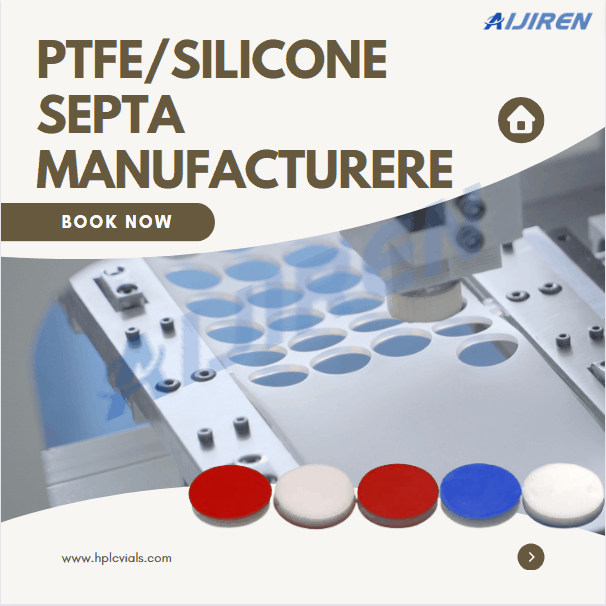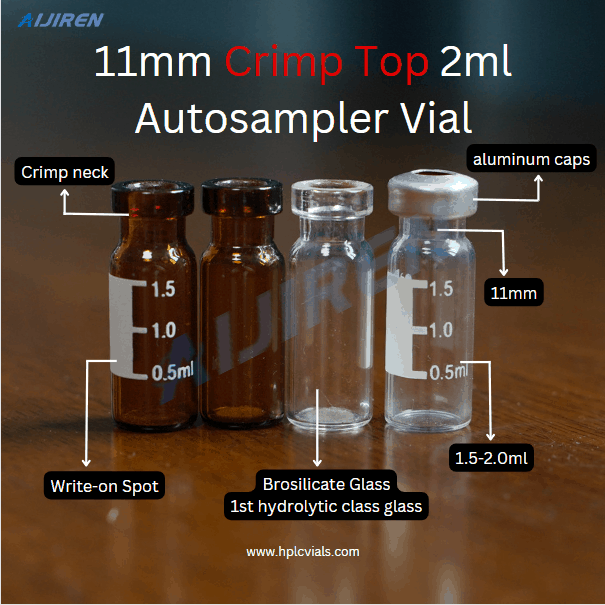What are the pros and cons of HPLC and UPLC?
High-performance liquid chromatography (HPLC) and ultra-performance liquid chromatography (UPLC) are both commonly used techniques when it comes to separating components.
Given their common purposes and differences, it can be hard for some people to understand their pros and cons. This post will clear things up by defining HPLC and UPLC before outlining the pros and cons between them.
HPLC vs UPLC – Similarities
It’s easy to see why people mix up HPLC and UPLC. Broadly speaking, both methods are used to separate components found within a mixture. They’re both types of liquid chromatography, meaning a liquid solvent is used in the mobile phase.
Additionally, HPLC and UPLC can both be used for identification and quantitation. In other words, the results from them can be used to calculate quantities of the components as well as separating and identifying them. All in all, the two methods share similar levels of accuracy and precision too.
HPLC vs UPLC – Differences
Both HPLC and UPLC are liquid chromatography techniques used to separate the different components found in mixtures. However, UPLC operates at higher pressures (15,000 psi) and allows for lower particle sizes in columns, while HPLC operates at lower pressures (max <6000 psi). UPLC improves analyte resolution and sensitivity, lower solvent consumption, and shortens run times.
The advantages and disadvantages of HPLC
Advantages
1. HPLC offers a rapid, automated, and highly precise method to recognize certain chemical components in a sample.
2. High-performance liquid chromatography offers a fast and precise quantitative analysis.
3. A gradient solvent system can be applied in certain methods.
4. It is highly reproducible.
5. HPLC can be upgraded to mass spectroscopy (MS).
6. The HPLC is very rapid, efficient, and delivers high resolution as compared to other chromatographic techniques, such as TLC, column chromatography, and paper chromatography.
7. Manages all areas of analysis to increase productivity
Disadvantages
1. HPLC can be an expensive method, it required a large number of expensive organics, needs a power supply, and regular maintenance is required.
2. It can be complicated to troubleshoot problems or develop new methods.
3. The lack of a universal detector for HPLC, however, the UV-Vis detector only detects chromophoric compounds.
4. The separation in High-performance liquid chromatography has less efficiency than GC.
5. It is more difficult for the beginner.
6. HPLC pump process reliability relies on of cleanliness of the sample, mobile phase, and proper operation of the system.
The advantages and disadvantages of UPLC
Advantages
1. Decreased run time and increased sensitivity.
2. More selectivity, sensitivity, and dynamic range of LC analysis.
3. Higher resolution performance.
4. Expands scope of Multiresidue Methods.
5. UPLC’s fast resolving power quickly quantifies related and unrelated compounds.
6. Faster analysis through the use of very fine particle size.
7. Operation cost is minimized.
8. Decreases consumption of solvent.
9. Quicker analysis.
Disadvantages
1. High back pressure compared to HPLC which reduces the life of the column,
2. So far performance similar to or even higher has been demonstrated by using stationary phases of size around 2μm without the adverse effects of high pressure.
3. The particle size of less than 2μm is generally non-regenerable.
Back to List
-
 下午4:09Weighing the Pros and Cons of PTFE/Silicone Septa
下午4:09Weighing the Pros and Cons of PTFE/Silicone Septa -
 下午4:05Decoding Vial Discard Guidelines: Ensuring Precision in Chromatography
下午4:05Decoding Vial Discard Guidelines: Ensuring Precision in Chromatography -
 下午5:01Navigating Micro Inserts for HPLC Vials: A Comprehensive Guide
下午5:01Navigating Micro Inserts for HPLC Vials: A Comprehensive Guide -
.jpg) 下午2:02Common faults and solutions of automatic samplers(2)
下午2:02Common faults and solutions of automatic samplers(2) -
 下午5:08Ensuring Sample Integrity: Navigating EPA Storage Vials Stability Guidelines
下午5:08Ensuring Sample Integrity: Navigating EPA Storage Vials Stability Guidelines

